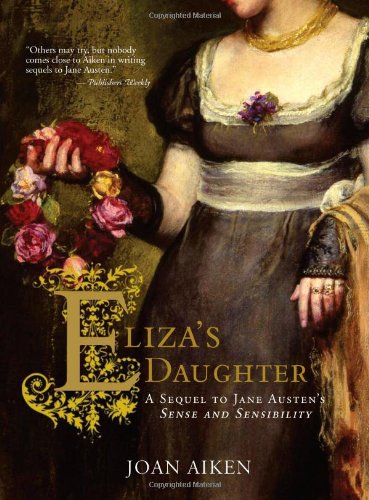Have you ever read a totally unfavorable book review so full of acrimony that it left you wondering if you would have the same reaction? I have and am often hooked into trying out a book to see if I agree. So when I read a collection of reviews gathered at the Austenfans website against... Continue Reading →
Go Gothic with Northanger Abbey: Guest Bloggers Trina Robbins & Anne Timmons Chat about Gothic Classics: Day 17 Giveaway!
Think of Northanger Abbey in a graphic novel format with all of its energy and Gothic allusions visually popping right off the page, and you will have a good notion of what author Trina Robbins and illustrator Anne Timmons have created in their frightfully enchanting version of Northanger Abbey included in Gothic Classics: Graphic Classics Volume... Continue Reading →
Go Gothic with Northanger Abbey: Guest Blogger Amanda Grange Chats about Henry Tilney’s Diary
Austen-esque author Amanda Grange kicks off our guests bloggers during ‘Go Gothic with Northanger Abbey' event as she joins us today to chat about a very important topic; possibly the most important topic to many - Henry Tilney - who is the protagonist of Jane Austen's Northanger Abbey and the hero of her next novel... Continue Reading →
Austenesque Author Rebecca Ann Collins asks – Why revisit Netherfield Park?
The third book in the Pemberley Chronicles series, Netherfield Park Revisted by Rebecca Ann Collins has just been released by Soucebooks this month. In this continuation of Jane Austen's Pride and Prejudice, the story starts in 1859, Queen Victoria has reigned for twenty-two years, England has undergone an industrial revolution and is one of the most... Continue Reading →
Pemberley Shades: The Legend of the Lost Sequel
Sourcebooks, Inc has just re-issued the classic Pride and Prejudice sequel Pemberley Shades, by D. A. Bonavia-Hunt. Originally published in 1949, this valued and quite rare book is the first Pride and Prejudice sequel to continue the story after the marriage of our favorite couple, Elizabeth Bennet and Fitzwilliam Darcy concluded in Jane Austen's famous... Continue Reading →
Mr. Darcy’s Diary: Interview with Author Maya Slater
Check out this interesting interview with Austen-esque author Maya Slater about her recently released first novel Mr. Darcy's Diary. If you think that the title seems familiar, you are quite right. It is one-in-the-same as author Amanda Grange's recent release. The difference between the two being that Slater's version has not yet been published internationally,... Continue Reading →
Austenesque author Rebecca Ann Collins: Decidedly Discusses Jane Austen Sequels
"Upon my word," said her ladyship, "you give your opinion very decidedly for so young a person. Pray, what is your age?" "With three younger sisters grown up," replied Elizabeth smiling, "your ladyship can hardly expect me to own it." Lady Catherine seemed quite astonished at not receiving a direct answer; and Elizabeth suspected... Continue Reading →
Craving More of Jane Austen’s Sense and Sensibility? Read On!
"I shall divide every moment between music and reading. I have formed my plan, and am determined to enter on a course of serious study. Our own library is too well known to me, to be resorted to for anything beyond mere amusement. But there are many works well worth reading, at the Park; and... Continue Reading →
Austenesque Author Diana Birchall: Brouhaha in the Haha!
LAUGH "Oh! shocking!" cried Miss Bingley. "I never heard anything so abominable. How shall we punish him for such a speech?" "Nothing so easy, if you have but the inclination," said Elizabeth. "We can all plague and punish one another. Tease him -- laugh at him. Intimate as you are, you must know how it... Continue Reading →
2007 JARWA Nominee: The Jane Austen Handbook
CONGRATULATIONS to AustenBlog's Editrix Margaret C. Sullivan, author of The Jane Austen Handbook: A Sensibile yet Elegant Guide to Her World for the nomination of her book in the category of best new Regency 'Know-How' book of 2007, by The Jane Austen's Regency World Awards. Good luck Mags. VOTE for your favorite nominees online by May... Continue Reading →








